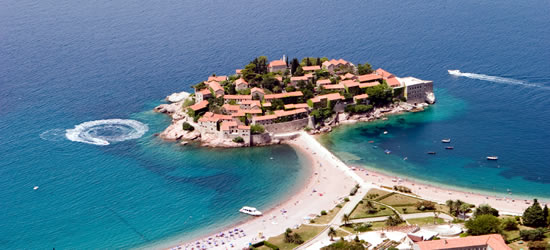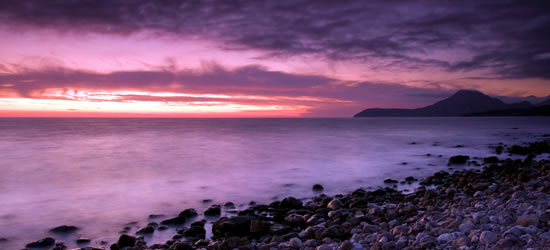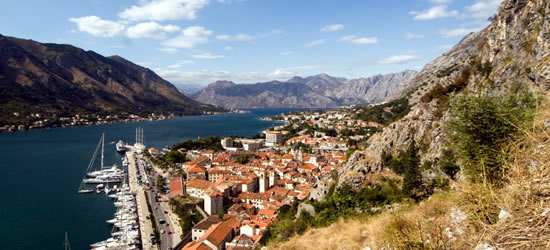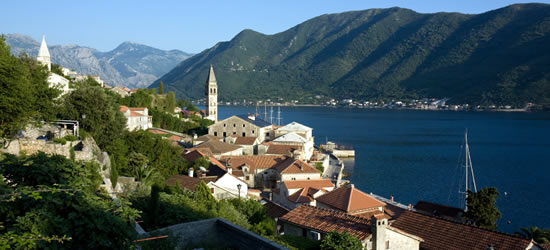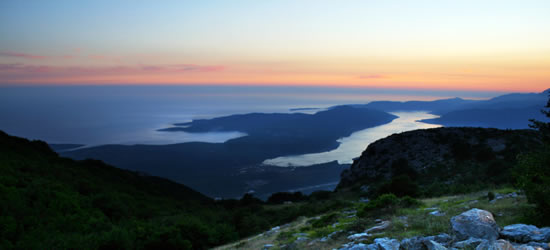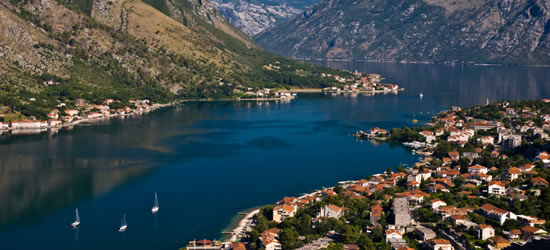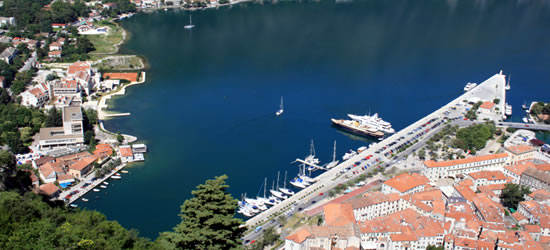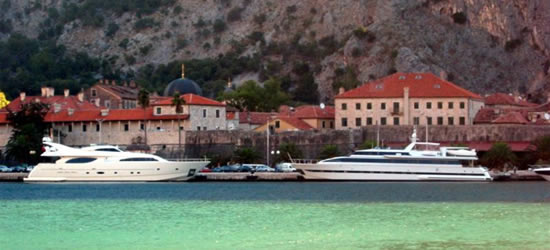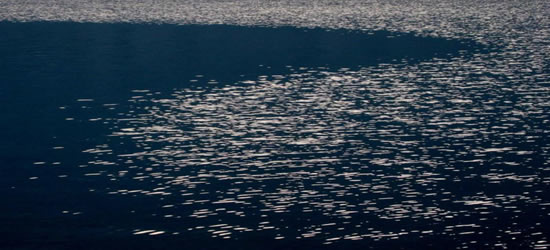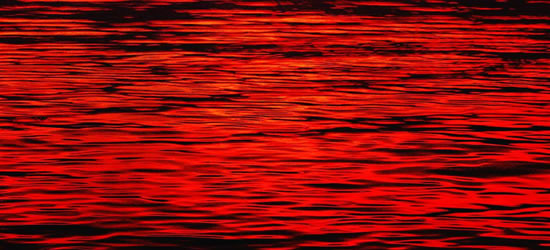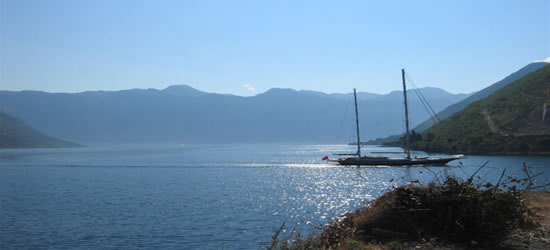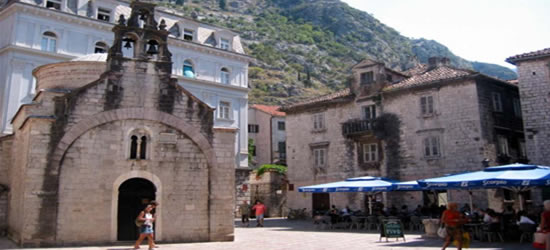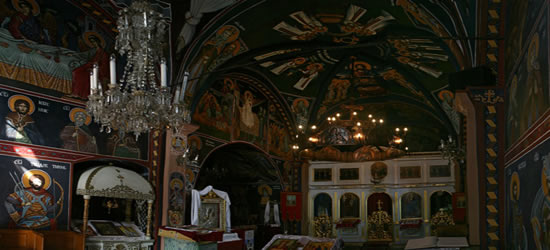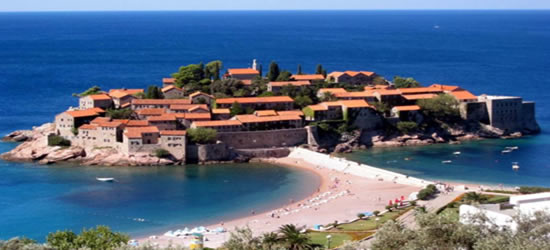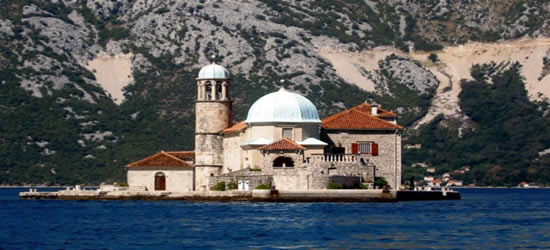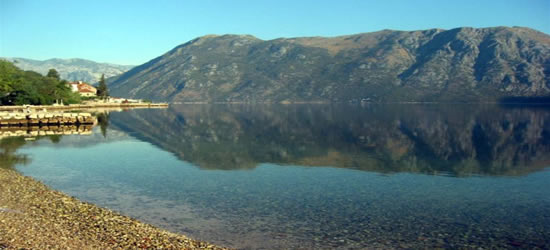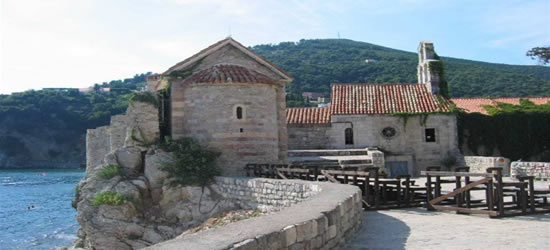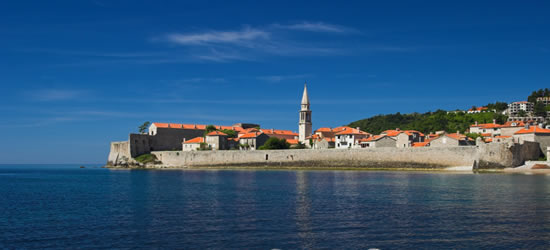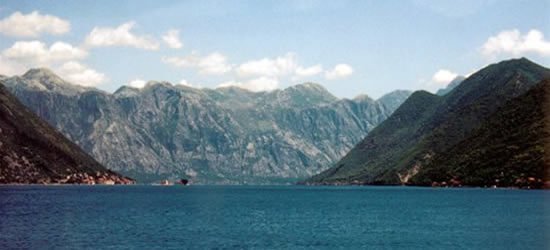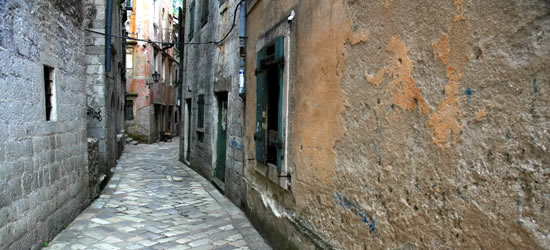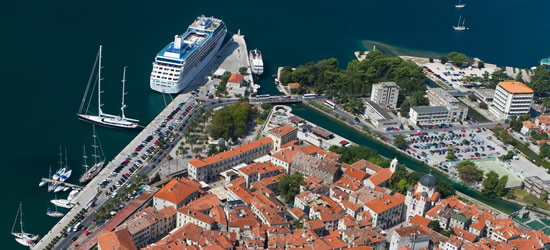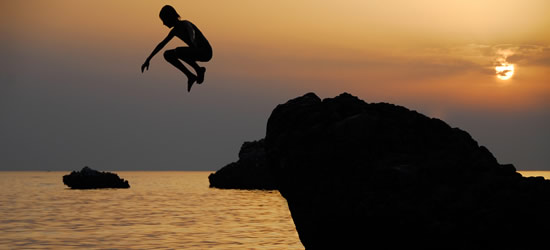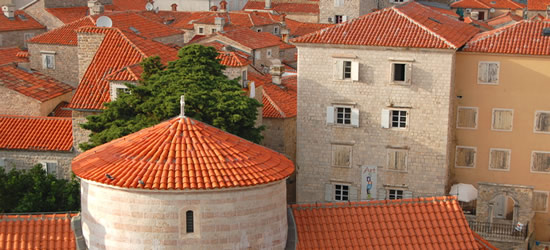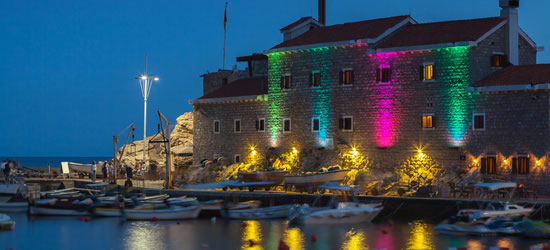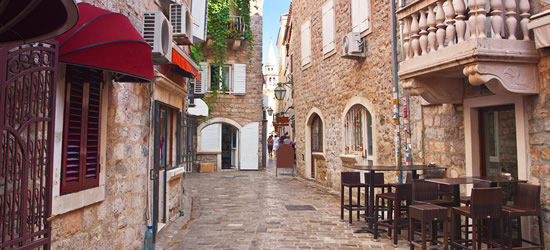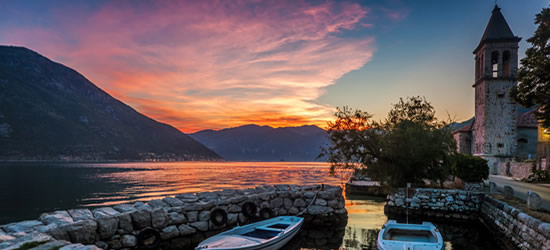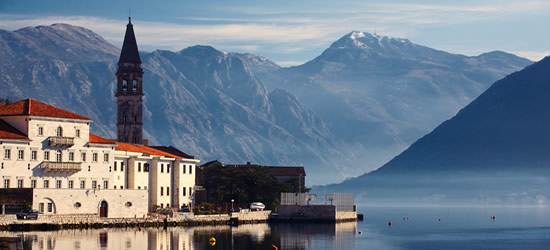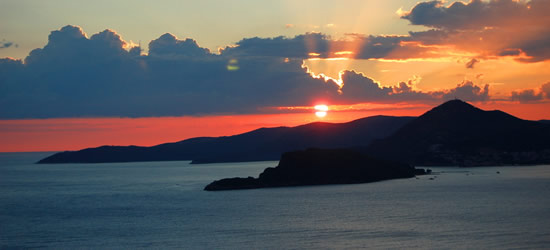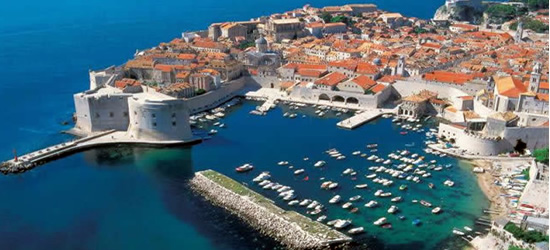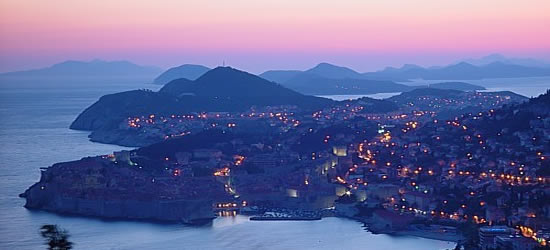A Balkan country facing the Adriatic Sea, Montenegro embodies the rugged mountains and medieval villages that set the scene in historical dramas. Turbulent history has made its mark on the streets and architecture of this country, the compact townships comprised of structures that showcase the passage of time. Backed by steep mountains approximately 1,000 meters high, the geographically fortified nature of Montenegro lends itself to an aura of sleepy dignity.
Hemmed in by the massive Orjen Mountain and Lovcen ridges, the Bay of Kotor is composed of smaller broad bays and a series of inlets, the narrowest Verige Strait only 340 meters wide. Nevertheless, it connects the historical city of Kotor to open sea, adding sea-faring activities to the list of must-do alongside hiking canyons, exploring lakeside and historical digs.
Kotor itself is an amalgamation of winding streets and squares, characterized by its Romanesque churches and stone-based buildings. Expect the riveting combination of limestone cliffs, red roofed housing and a dizzying array of restaurants, churches, museums and bars within the fortified maze of Old Town. Think elevated archways and drawbridges and you’ll paint a picture of Kotor’s mesmerizing infrastructure. St. Tryphon’s Cathedral, a white-washed Romanesque masterpiece, is an iconic landmark.
Kotor’s other charms lay outside city borders. Fondly coined Our Lady of the Rocks, this tiny off-coast islet is created from a bulwark of rocks, inhabited solely by an Orthodox chapel. Adjacent Sveti Dorde is another miniscule islet around 28-miles long, offering casual dining and camping at its state park. Turning inland, Lovcen Mountain offers expansive hiking trails and a National Park teeming with wildlife.
Aim to go between May and October for fairly temperate weather, temperatures falling between 20℃ to 25℃ on average. Wetter months occur during the colder December through February period.






